
Brazil securities regulator probes Vale’s filings on dam collapse


According to local newspaper Valor Economico, CVM is investigating whether Vale responded fast enough to the tragedy in terms of releasing related information it had available. The first reports of the dam burst came after 1 p.m. on Friday and the company's first securities filing disclosing the rupture was issued after 3:30 p.m., the article says.
Vale (NYSE:VALE) shares nose-dived at the start of trading Monday amid a wave of investment bank downgrades, as fines and penalties began to mount.
The stock dropped 21.5% on the Sao Paulo stock exchange, wiping out about $18 billion in market cap.
Adding to the financial uncertainty surrounding the company, the iron ore giant suspended Monday its dividend, share buyback program and bonus payments to top executives in the wake of the deadly dam burst in the Brazilian state of Minas Gerais.
This is the second major tragedy Vale has been involved in about three years. In 2015, another dam at the Samarco mine jointly owned by the company and BHP burst, killing 19 people and causing Brazil's worst environmental disaster.
While the Samarco disaster dumped about five times more mining waste, Feijão's dam break has already killed more people, as the torrent of sludge hit Vale's local offices, including a crowded cafeteria, and tore through a populated area downhill.
Being so close in time from the last tragedy, this new fatal accident raises significant questions for Vale, for Brazil’s president Jair Bolsonaro, and the global mining industry, experts agree.
Beyond the devastation and the potential hole in Vale's coffers, the catastrophic event will trigger increased opposition to Bolsonaro's plan of unleashing the country’s full mining potential. Especially as he has said he'd do that by easing environmental safeguards and allowing more operations in the Amazon rainforest.
Rescue efforts were suspended about 10 hours Sunday because of fears that a second mine dam in the same area was at risk of failing. An estimated 24,000 people were told to evacuate.
By Monday, Minas Gerais fire department officials had confirmed at least 60 people dead, according to the Associated Press. Since nobody was recovered alive Sunday, they fear that among the hundreds who are still missing there will be very few survivors.
President Bolsonaro flew over the devastated zone on Saturday, later tweeting that it was “difficult to not be emotional before this scene”. He said all efforts were being made to care for survivors and “determine the facts, to demand justice and prevent new tragedies.”
The same day, the country’s National Mining Agency on Saturday ordered Vale to suspend operations at the mine and Minas Gerais state prosecutors entered a motion to freeze 5 billion reais ($1.3 billion) in the company's accounts for handling damages. It's expected that more funds will be frozen in days to come.
Raquel Dodge, Brazil’s prosecutor-general, said on Monday that Vale needed to be “severely” punished when it comes to paying compensations and that its executives could face criminal charges.
Analysts said the impact of this accident on Vale finances was hard to assess given that the storage area had been inactive and certified as safe by independent auditors.
“The fact that this is an old and unused facility raises questions around how much culpability lies with Vale if the dam did indeed satisfy regulatory requirements,” said Edward Sterck, analyst at BMO Capital Markets. “At the same time, one should question the implications for the pricing of systemic risk within the mining industry, especially with regard to legacy assets constructed to historical norms.”
“True, it is often an engineering challenge to design and maintain the safest-possible tailings dam suitable for a particular mine in a particular terrain; but the science of how to do so is generally well established,” Daniel Litvin wrote for Financial Times. He's the founder and managing director of Critical Resource, which advises resource firms on sustainability and ‘license to operate’ risks.
The Feijão mine is part of Vale's southern system operations, which is made up of three mines and two ports and accounts for about a quarter of the company's iron ore output.

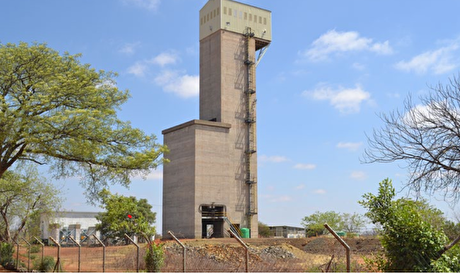
NexMetals receives EXIM letter for potential $150M loan
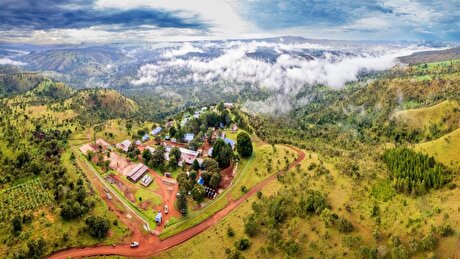
Lifezone Metals buys BHP’s stake in Kabanga, estimates $1.6B project value
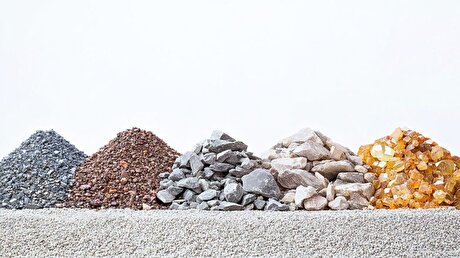
China quietly issues 2025 rare earth quotas
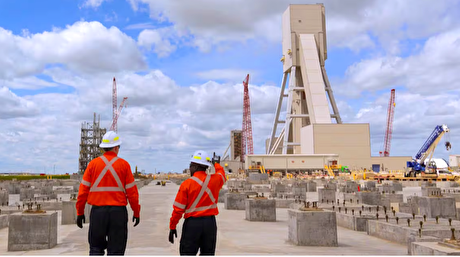
BHP delays Jansen potash mine, blows budget by 30%
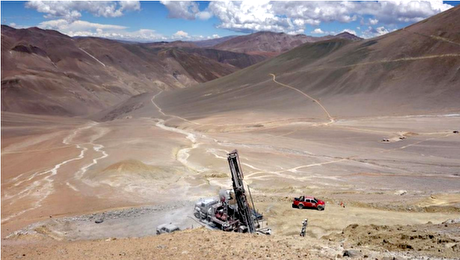
BHP, Lundin JV extends useful life of Argentina copper mine

Gold price eases after Trump downplays clash with Fed chair Powell
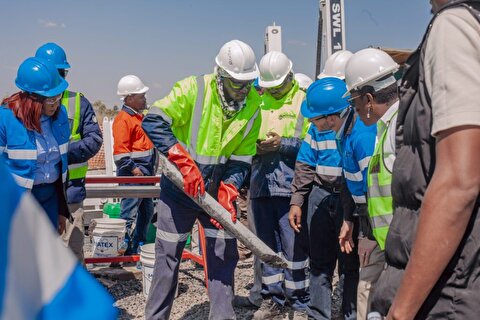
KoBold signs Congo deal to boost US mineral supply
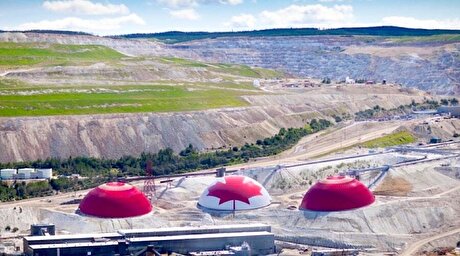
Teck approves $2.4B expansion of Highland Valley Copper
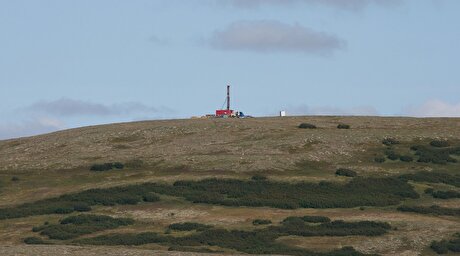
Northern Dynasty extends losses as it seeks court resolution on Pebble project veto
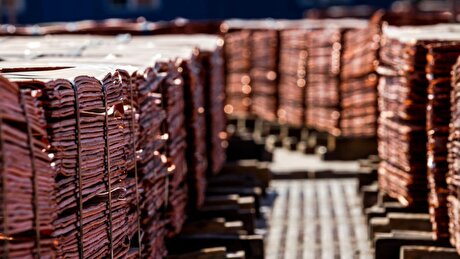
Copper price pulls back sharply ahead of US tariff deadline

Teck approves $2.4B expansion of Highland Valley Copper
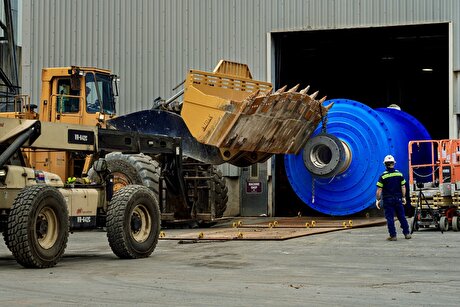
Titan Mining targets Q4 2025 to become only integrated US graphite producer
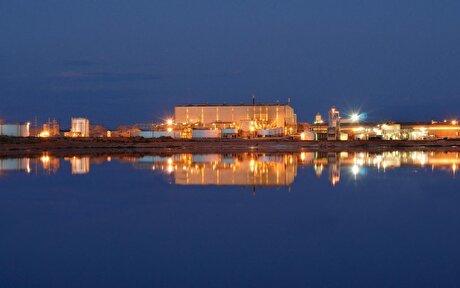
Energy Fuels surges to 3-year high as it begins heavy rare earth production

Saskatchewan Research Council adds full-scale laser sorter to mining industry services

Copper price hits new record as tariff deadline looms
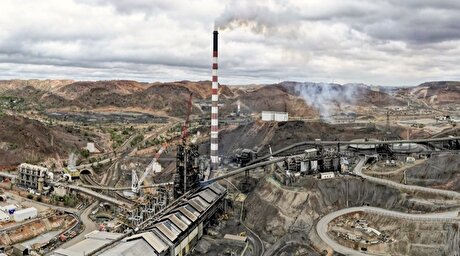
Glencore workers brace for layoffs on looming Mount Isa shutdown
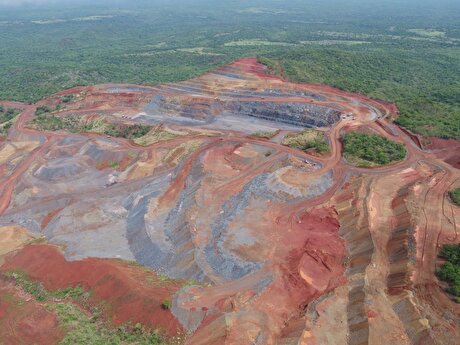
Resolute publishes initial resource for satellite deposit near Senegal mine
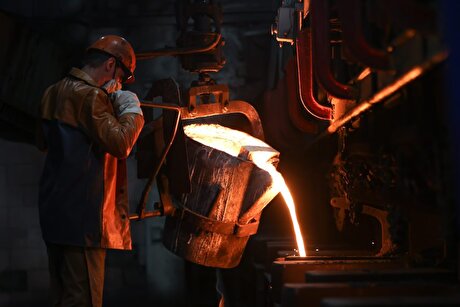
Brazil producers look to halt pig iron output as US tariff threat crimps demand
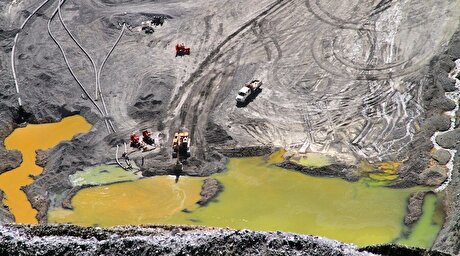
US targets mine waste to boost local critical minerals supply

Titan Mining targets Q4 2025 to become only integrated US graphite producer

Energy Fuels surges to 3-year high as it begins heavy rare earth production

Saskatchewan Research Council adds full-scale laser sorter to mining industry services

Copper price hits new record as tariff deadline looms

Glencore workers brace for layoffs on looming Mount Isa shutdown

Resolute publishes initial resource for satellite deposit near Senegal mine

Brazil producers look to halt pig iron output as US tariff threat crimps demand

US targets mine waste to boost local critical minerals supply

Gold price eases after Trump downplays clash with Fed chair Powell














